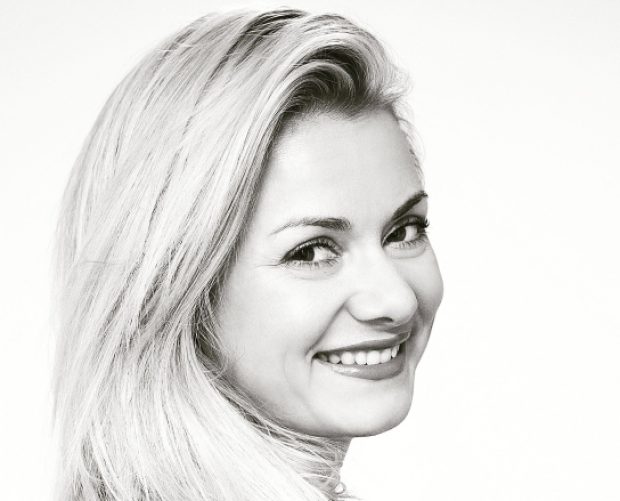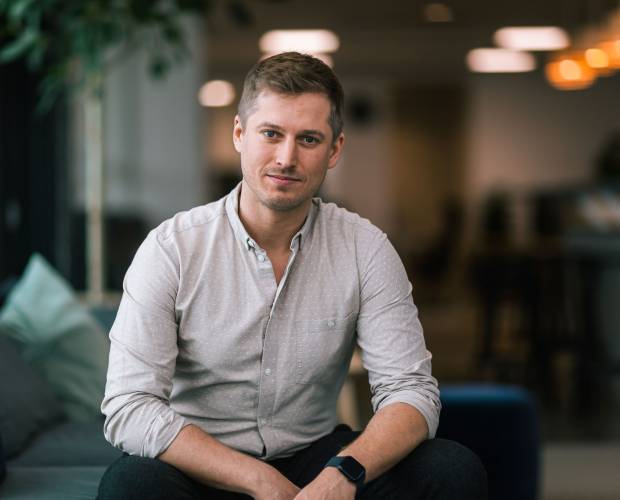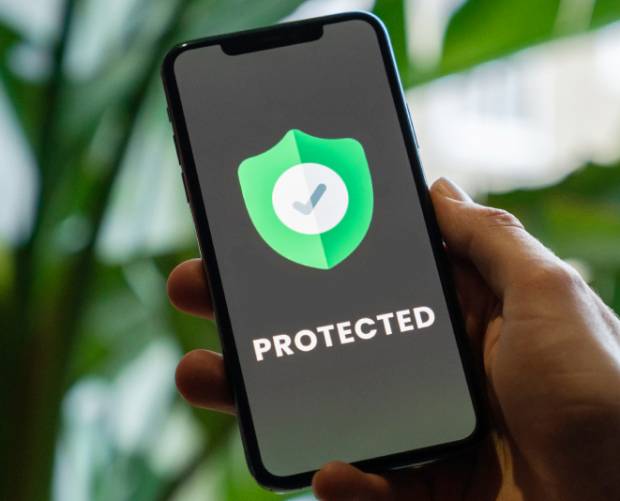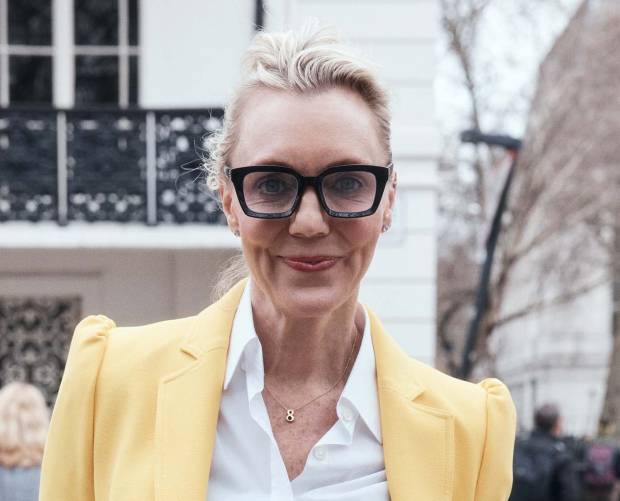DM: So what’s the latest at Telmap Motti?
MK: There have been a lot of changes recently. Intel announced their decision to buy us six weeks ago and the deal closed on 30 November, so we are now officially, fully owned by Intel.
DM: So what’s the background to the deal?
MK: Mobility is clearly important, and Intel felt that it had not been fast enough in penetrating this market, Lots of smartphones have ARM-based chips rather than Intel, so they decided to take a different approach. They felt that it was not enough just to build a chip; they wanted to move up the value chain to fully understand the needs of customers and operators to really support the concept of mobility. As you probably know, they announced their support for Tizen, the Linux-based, open source software platform, a couple of months ago.
Intel has been looking at this for some time. Two or three years ago they formed the SSG (Software Services Group), which is in charge of servicing end user needs. This is all about servicing end user needs, and deep connections to the chip itself, in terms of things like security and location. And if they really want to understand end user needs, then they need tens of millions of end users who are using services such as location, to truly understand their behaviour. As of today, we serve 7m users, and we want to grow to 30 - 40m users by the end of 2013, so that’s where we come in. They also want to create an ecosystem for developers, and we will support this with a location API.
And from Telmap’s perspective, if you look at the market for mapping, navigation and LBS, you see a lot of small players, and we were one of them. Sure, we have 200 staff, but in order to compete with Google, Microsoft and Nokia, it was not enough. The smaller players will either be bought or close.
DM: So you say you want to grow to 30 - 40m users by the end of 2013, how are you going to achieve that?
MK: If you look at what’s needed to support this kind of operation, it comes down to three things: distribution; engagement, and monetisation. If we start with distribution, we are betting on the operator, but the business model is changing. For the last 18 months, with some operators, our users have been able to get the Telmap app for free. The model is that the operator buys the licence fee and gives it for free to the end user to generate value for their subscribers. This is still our main distribution channel, but moving forward, the licence fee will be lowered dramatically, and the revenue stream will be split between us and the operator.
So right now, Vodafone Germany, Orange France, in fact, around 10 of the 25 operators we are dealing with, offer the app for free, and by the end of Q2 2012, none of our operator customers will charge the end user for the service.
DM: So if you lower your licence fees dramatically, what does that do for your revenues?
MK: We are confident that our other revenue streams, which I will come on to, will more than make up for it. On top of that, the licence fees that we pay for the maps to Navteq, TeleAtlas and other local suppliers, are also falling. And we don’t need to be successful from the moment we launch. We need to invest in the business over the next two years, but looking at what we have done in 2011, we can see the trend, and we feel confident that it will deliver a return on the investment and leave enough money to be profitable and to share that profit with our operator customers.
DM: OK, so tell us about engagement.
MK: Sure. Here we see four pillars. The first is “ultra-local” content, or as put it, one size does not fit all. Location-based services are different for different people depending on where they are. You want your local businesses and guides to your local restaurants, so we are investing heavily in an ultra-local approach, working with leading brands in each territory to attract end users, and create a win, win, win situation for the end user, for Telmap, and for the local brand.
The second pillar is maps and navigation. There is still a lot to be done here. Most solutions are betting on 3D layers and things like that, which are cool, but don’t solve the issue of: “ How do I find, immediately, what I need, with the shortest route and the best traffic” or: “Can you show me a car park nearby with an empty space, or the closest petrol station with the best price?”
The third pillar is relevant offers. So it’s 1pm, I have a lunch break, and I am looking for a new restaurant, so can you take into consideration my location, my past behaviour, and the context, in that I don’t have two hours to spare, and deliver an offer to me that says that there is a new restaurant 200m away offering a 10 per cent discount, or a free drink or dessert.
Then finally, we have social activities, which is the ability to see friends check-ins nearby, or if you want to look for a deal coming from your community, or post a tweet or a review, and for that, we feel, we are the most compelling experience.
DM: This all sounds great, but it also sounds fairly similar to what you told me the last time we spoke a year or so ago. Has anything changed?
MK: The richness of those offerings has changed, and what’s also new is a layer of context that will go through all of those pieces, so when you commute every morning from home to the office, we want to understand this pattern, analyse your daily routine, and come up with relevant content, community information and offers. In 2012, you will start to see a lot more context within the product, so what do we offer during the week versus at the weekend, when you’re driving as opposed to walking, in the morning as opposed to the evening.
DM: And how do you make money from this?
MK: There are three ways. The first is premium services such as traffic information, parking availability, gas prices, restaurant guides. When we offer these services, we see an attachment rate of 10 - 15 per cent.
The second stream is the affiliate/commission model, so when you search for a hotel and book it through the app, we get maybe €5 per booking, or with Top Table in the UK, when you book a table at a restaurant we get between £1 and £5 per booking. And then the third stream is pure advertising through sponsored search, coupons and display ads.
DM: So I guess the proof of the pudding is how much income all this is actually generating.
MK: Which I can’t tell you unfortunately, as we don’t disclose our revenues.
DM: OK, so just going back the Intel acquisition, does the Telmap brand survive?
MK: I can’t say what will happen a year from today, but for now, Intel has taken the decision to preserve the Telmap brand and spirit, and not to integrate it into Intel, but to keep it as a wholly- owned subsidiary. They told us that they like our business, that we know how to run it, and that if it was integrated, t would not be agile enough to fulfil the market needs, so it will continue as a subsidiary, but they will be on the board.
DM: And inevitably when companies get bought, the prospect of job losses rears its head, what’s the story there?
MK: On the contrary. Our key employees have been signed on a retention programme, and we are looking to grow headcount by 80 - 100 per cent over the next year, so most Telmap employees will actually have the opportunity to move up the ladder, into more senior managerial roles.
Motti Kushnir is chief marketing officer at Telmap







